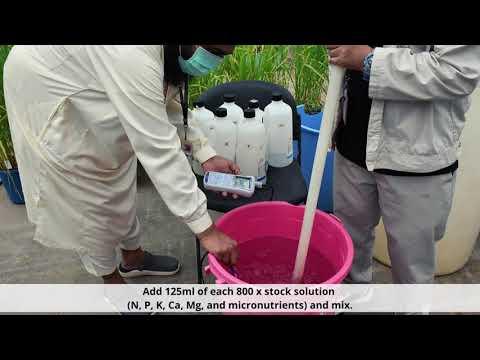Rice production in rainfed lowland and upland areas is critical to global food supply, but is characterized by low and unstable yields due to a range of adverse climate and soil conditions. A large degree of genetic variation exists within Oryza sativa, and that variation can be exploited by identifying stress-tolerant germplasm for use in breeding to enable the development of new stress-tolerant high-yielding varieties. In order to screen germplasm to identify stress-tolerant donors for breeding, and to further select breeding lines showing improved stress tolerance, robust phenotyping methods are necessary.
This manual, provides detailed protocols for screening rice under the major stresses affecting both rainfed and irrigated rice: submergence, salinity, drought, and the soil problems – excess iron and aluminum. Protocols for a new area of abiotic stress research: combined stresses, are also included. Results from these protocols on combined drought + salinity and submergence + salinity indicate that the effects on the rice plant are sometimes different than under individual stresses.
The protocols in this manual have been developed and optimized over decades at IRRI. The objective of this compilation is to provide a resource for researchers around the globe who aim to improve the abiotic stress tolerance of rice as part of the effort to benefit rice farmers in both rainfed and irrigated areas affected by abiotic stresses.


